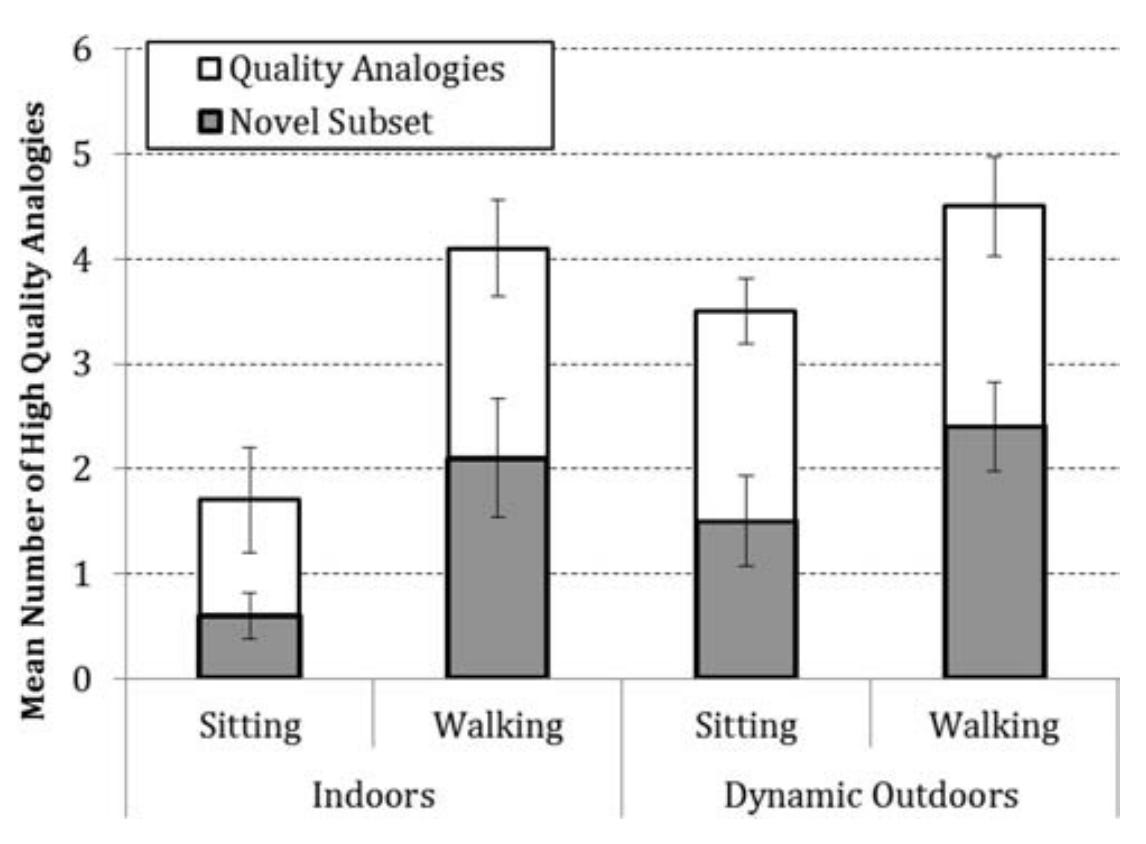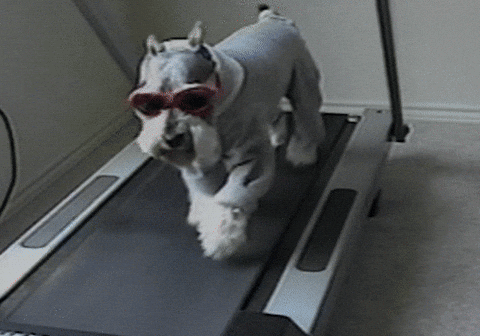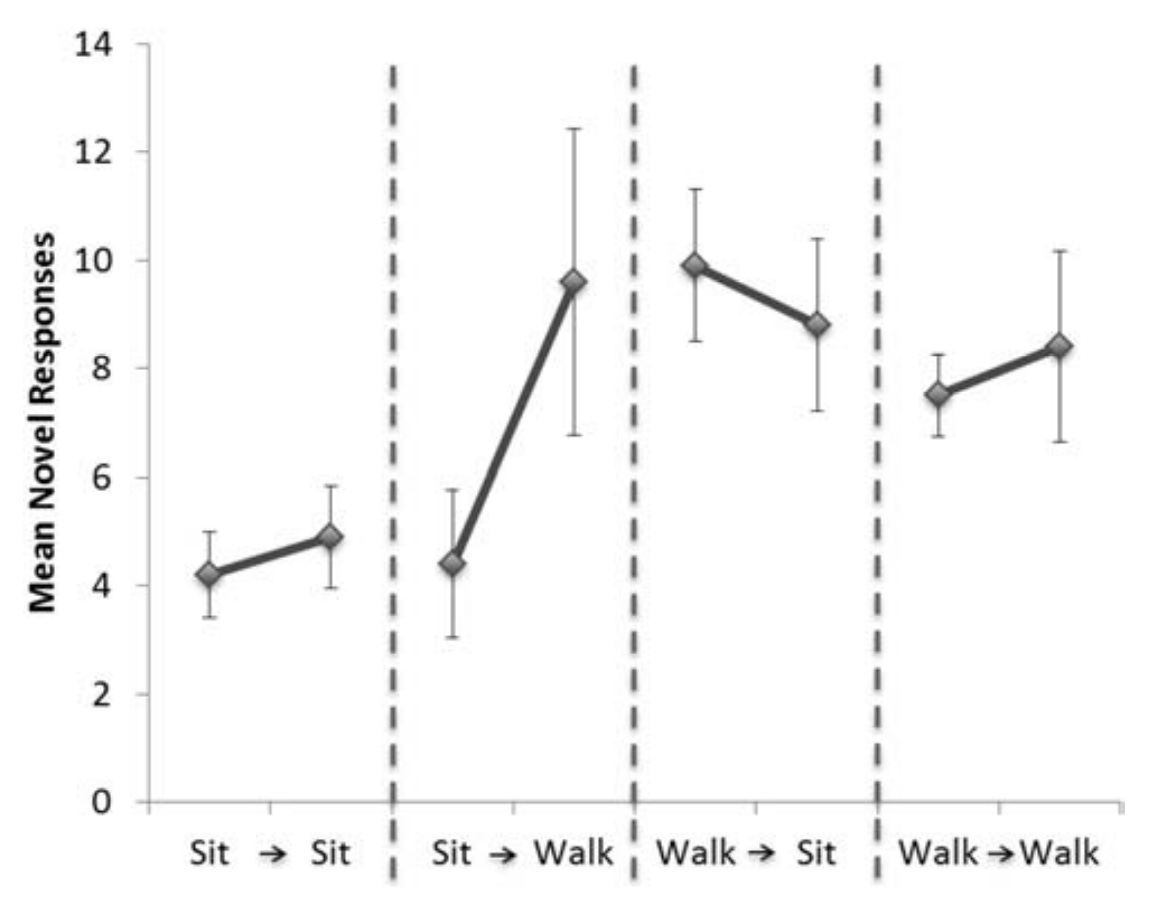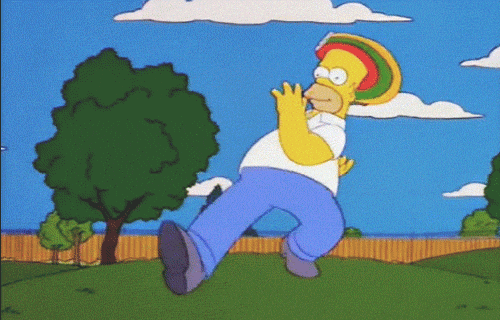Do this to get more creative ideas
Science says that by doing this we can boost our creativity and generate more ideas.
🚶Walk this way for creativity
Did you know you can boost your creativity by simply taking a walk?
A paper published in 2014 showed that walking can boost creativity, both while you're walking and shortly after.
Four experiments by Stanford researchers1 showed that people who walked (whether indoors or outdoors) generated more original and context-appropriate ideas than those who remained seated.
This could be one of the easiest and healthiest ways to increase creativity.
🔬 Experiments 🔬
These were the experiments conducted by the researchers:
🔬 Experiment #1
Participants in this experiment completed a creativity test twice: first while seated and then while walking on a treadmill.
To evaluate creativity, they took the Guilford’s Alternate Uses (GAU) test, where they had 4 minutes to brainstorm different uses for everyday items, like bricks or tires. For example, a 🧱 brick could serve as a step, a paperweight, a fitness tool, or even a doorstop.
📈 The results showed that 81% of participants were more creative while walking than sitting, with an average increase in creative output of about 60%.
To see if walking boosts creativity specifically (not just cognition in general), researchers included another task - the Compound Remote-Association (CRA) test, which requires finding a common link between three words. For instance, the link for “cottage”, “Swiss”, and “cake” is “cheese.”
🔬 Experiment #2
In the first experiment, participants completed the creativity tasks twice: once while seated and then again while walking.
Since walking always followed the seated test, it was unclear if the improved creativity was a direct result of walking, or simply because participants had practiced the task once already.
Experiment #2 was conducted to test whether practice had an impact.
📈 The results?
People who walked did better than those who sat (88% increased their number of novel ideas when walking).
Those who only sat did not improve across trials, showing that practice did not improve creativity.
Walking also exhibited a residual effect on creativity. After people walked, their subsequent “seated” creativity was much higher than those who had not walked (compare the “Sit” conditions in Time 2 in the graph below).
Recent Highlights on on ‘Getting Better’:
🔬 Experiment #3
In this experiment, participants walked outside instead of on a treadmill. Those who sat switched rooms between sessions to account for any effects of changing scenery.
📈 Results were consistent with previous experiments: walking continued to enhance creativity over time, indoors and outdoors alike, with the additional information that the effect of walking does not attenuate over time.
🔬 Experiment #4
In the last experiment the researchers introduced two major changes: (i) a different measure for creativity2, and (ii) separated walking from moving through an outdoor space.
Participants completed one of these four scenarios:
🏠🚶 Indoor treadmill
🏠🪑 Indoor sitting
🌳🚶Outdoor walking
🌳🦽Outdoor being pushed in a wheelchair
📈 The results? Consistent with earlier findings again.
Walking, indoors or outdoors, significantly boosted creative thinking.
Of those who walked, 95% generated at least one novel high-quality analogy compared with 50% of those who sat.

🧠 How does this work?
While walking clearly has an effect, the exact reasons are still unknown, and future research will need to consider different possibilities.
Is it walking per se, or could other forms of mild physical activity have similar positive effects (e.g. knitting 🧶)?
Walking at a natural pace might increase creativity, but it’s unclear if a different pace or a more intense type of walking would have the same effect.
Walking outdoors might slightly increase creativity due to varied scenery, but walking indoors is effective too, as long as there are no strong distractions.
Physical activity can improve mood, which is often linked to creativity, though some research suggests that certain negative emotions can also improve artistic creativity.
Walking could make it easier to access less obvious ideas by loosening mental filters that usually limit our thoughts.
Wrapping up
Taking a walk can help us generate more creative ideas.
We already know physical activity is good for our health and that too much sitting is harmful. And this study gives us yet another reason to incorporate movement into our day.
So next time, consider turning a work meeting into a walking one - you’ll be healthier, and you might just generate some new ideas.
Win-win!
See you all next Sunday 🗓️
Thanks,
Giacomo
Marily Oppezzo and Daniel L. Schwartz.
The new creativity task was Barron’s symbolic equivalence task, where people have to create analogies.










"Walk your way to creativity."
@Giacomo’s newsletter blew my mind—turns out, simply walking can supercharge your creative thinking. A Stanford study found that 81% of participants were more creative while walking, with an average boost in creative output of 60%!
Think about it: a quick walk around the block could be the secret to solving your next big problem.
@Giacomo, do you think this applies to more intense physical activities like running, or is there something unique about the natural pace of walking?
What’s your go-to activity when you need a creative spark?
Good read Giacomo!
Every day where I don’t get my usual walk feels off.
Recently I talked to someone about getting to the office from the hotel we were staying at. He complained that it would take 30 minutes, calling it a waste of time, saying he’d rather take public transport. I told him I’d much rather walk the 30 min than sit in a bus for 10.
He looked at me like I was the dumbest person in the world.